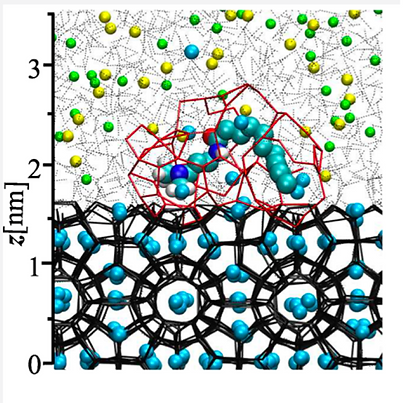top of page
Welcome! I am Felipe Jimenez-Angeles, a Research Associate Professor at the Department of Materials Science and Engineering at Northwestern University.
My research involves using electric signals, molecular processes, and collective phenomena to transduce information, entropy, and energy. Therefore, I study systems at mesoscopic scales, including surfaces and interfaces, ions and water, and macromolecules such as polymers, proteins, and peptides. This knowledge will allow us to develop new materials to advance solutions to societal challenges.
Discoveries & Research
Contact Us
Thank you for your interest in our research. Get in touch with us for any questions or comments regarding our work and publications.
Department of Materials Science and Engineering,
Northwestern University, Evanston, Illinois 60208, United States
bottom of page





